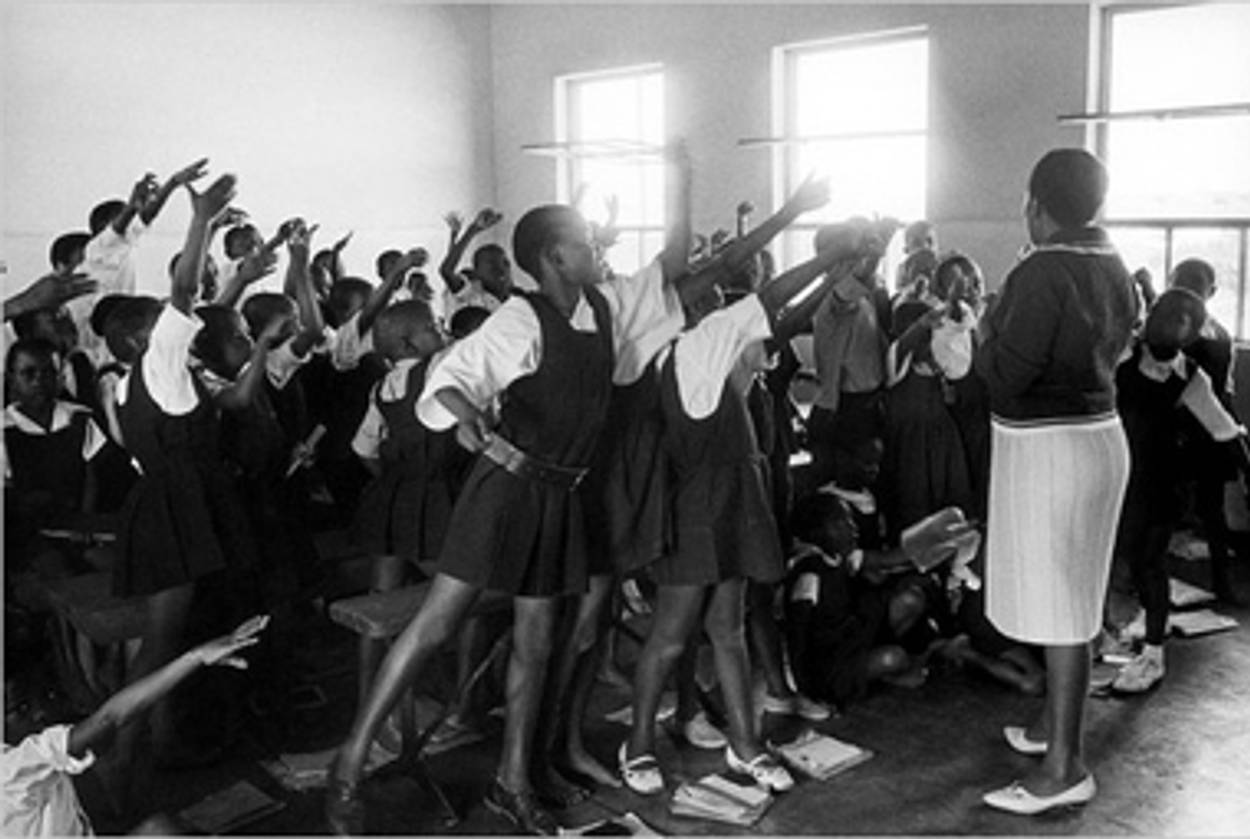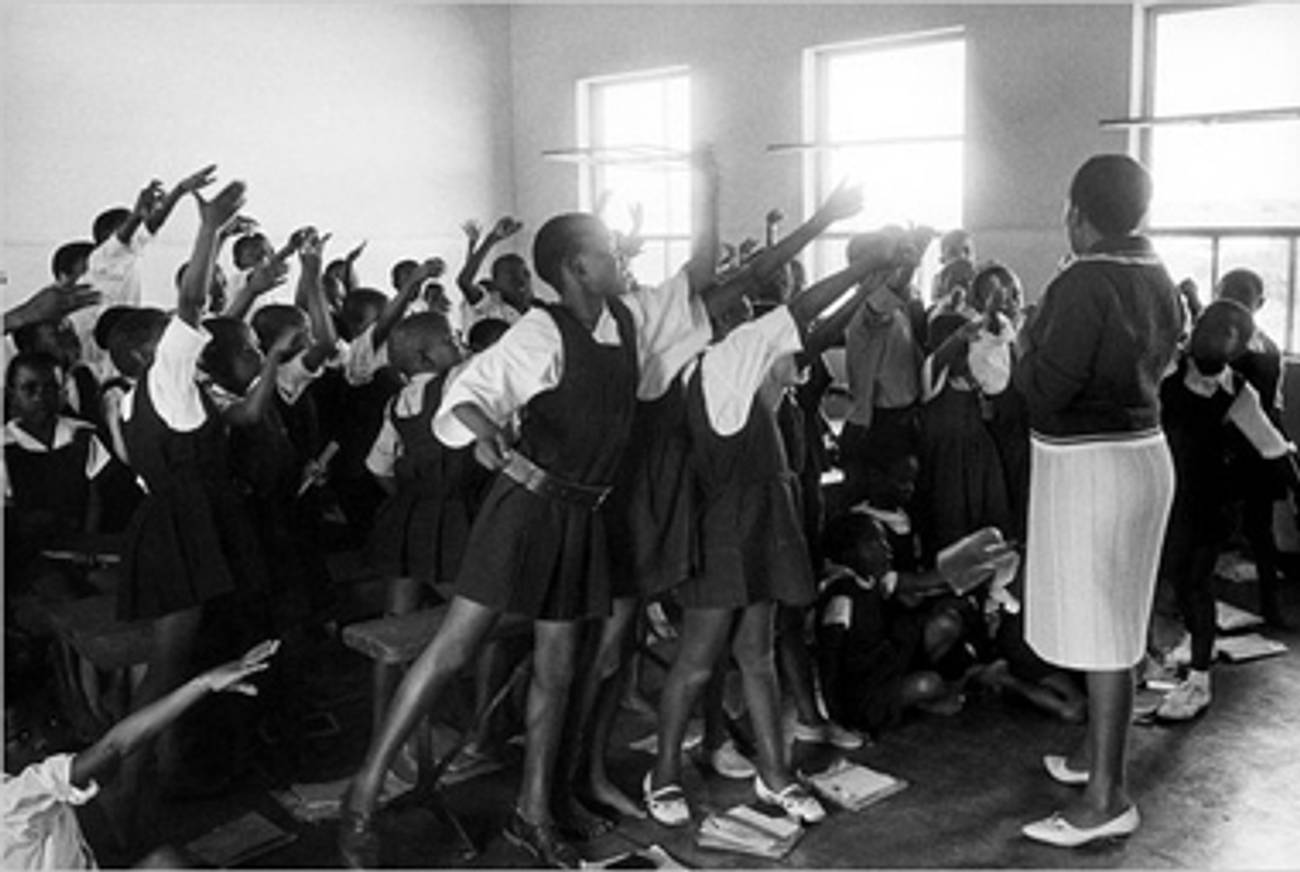Cropping Out the Truth
A closer reading of Ernest Coles
November 17, 2010

An Ernest Cole photograph.(The Ernest Cole Family Trust/Hasselblad Foundation Collection/NYT)



The Times just posted a fascinating story about Ernest Coles, the under-appreciated photographer of apartheid South Africa whose work is being rediscovered. The article notes the reaction of famed South African photographer Stephen Goldblatt to seeing the whole collection:
Later, when he carefully studied scans of them at his home in Johannesburg, Mr. Goldblatt, now 80, said he began to realize that many of the photographs in “House of Bondage” had been cropped severely to enhance their impact in a powerful anti-apartheid polemic. But the full frames showed Mr. Cole’s artistry.
Now where have I heard this before? Oh, right:
Vishniac released, over the course of a five-decade career, an uncommonly small selection of his work for public consumption—so small, in fact, that it did not include many of his finest images, artistically speaking. Instead the chosen images were, in the main, those that advanced an impression of the shtetl as populated largely by poor, pious, embattled Jews—an impression aided by cropping and fabulist captioning done by his own hand. … Vishniac, who often strained to present himself as superior to others, in fact never showed the world some of his best work.
Homecoming for Photos of Apartheid [NYT]
Related: A Closer Reading of Roman Vishniac [NYT Magazine]
Out of Focus [Tablet Magazine]
Alana Newhouse is the editor-in-chief of Tablet Magazine.